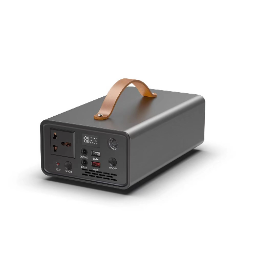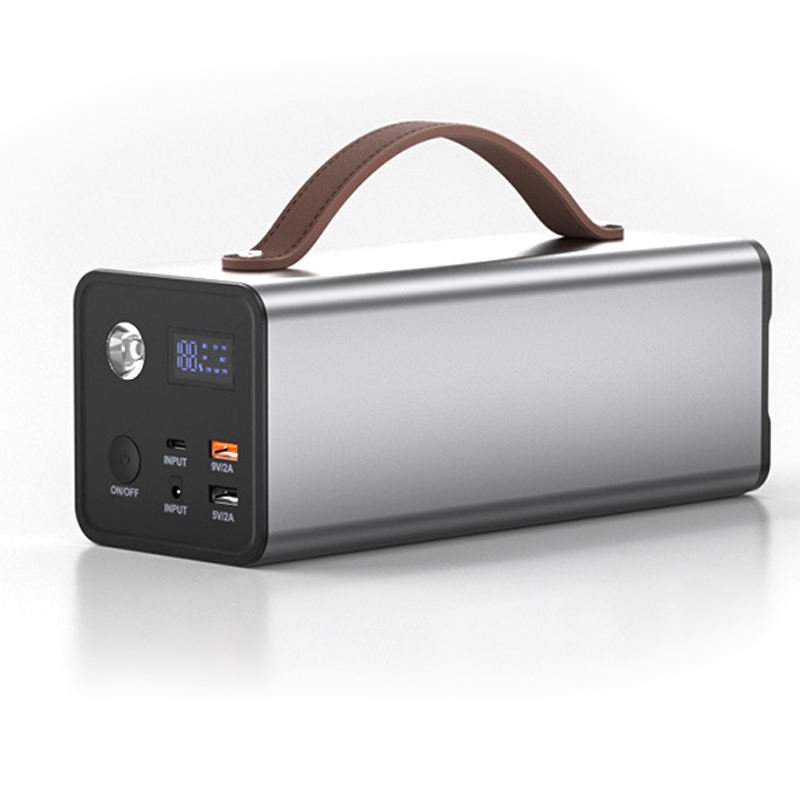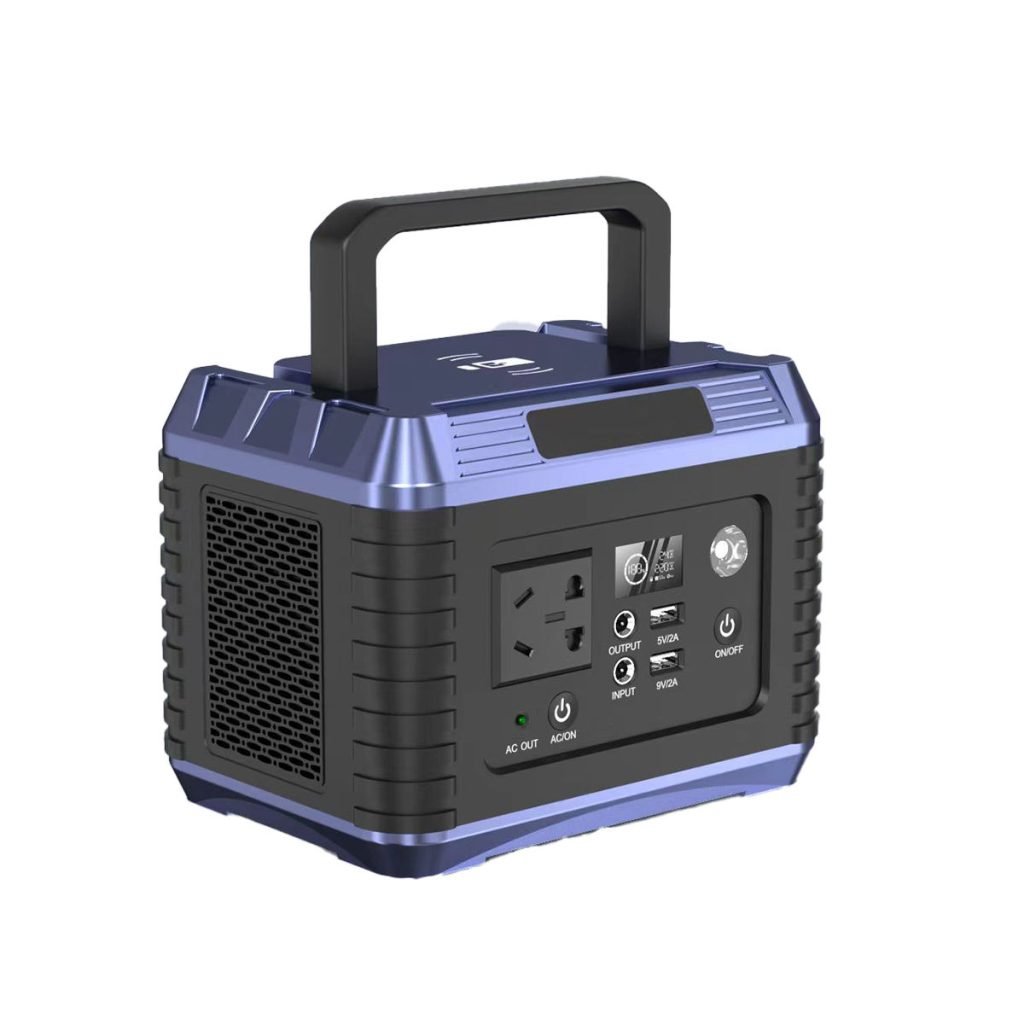How Can External Batteries and Tool Integration Expand Versatility?
Importance of Versatility in Modern Tools and Devices
| Aspect | Description |
|---|---|
| Adaptability | Tools are needed to function in various environments and tasks. |
| User Needs | Increasing demand for multi-functional devices among consumers. |
| Efficiency | Versatile tools save time and reduce the need for multiple devices. |
| Convenience | Compact solutions enhance portability and ease of use. |
| Innovation | Encourages advancements in technology and design. |
External Batteries and Tool Integration: Key Solutions
| Solution | Benefits |
|---|---|
| External Batteries | Provide additional power, enhancing usage time and mobility. |
| Tool Integration | Allows devices to work together seamlessly, maximizing functionality. |
| Combining Both | Creates a versatile ecosystem for both personal and professional use. |
Understanding External Batteries
Definition and Types of External Batteries
| Type | Definition | Key Features | Common Uses |
|---|---|---|---|
| Power Banks | Portable battery packs that recharge devices on the go. | Compact size, multiple output ports, varying capacities. | Smartphones, tablets, and small gadgets. |
| Portable Power Stations | Larger battery systems are designed to power multiple devices. | Higher capacity, AC/DC outputs, often solar-compatible. | Camping, outdoor events, home backup. |
| Solar Chargers | Devices that convert sunlight into electricity for charging. | Built-in solar panels are lightweight and eco-friendly. | Outdoor activities, emergencies, and off-grid use. |
| Battery Packs | Modular batteries that can be integrated with tools. | Customizable configurations, often rechargeable. | Power tools, electric vehicles, and drones. |
Key Features of External Batteries
| Feature | Description |
|---|---|
| Capacity | – Measured in milliamp-hours (mAh) or watt-hours (Wh). – Indicates the total amount of energy stored, determining how long devices can be powered. |
| Charging Speed | – Refers to how quickly a battery can recharge devices. – Measured in volts (V) and amps (A), affecting the overall efficiency and convenience. |
| Portability | – Describes the ease of transporting the battery. – Influenced by weight, size, and design features like handles or compact shapes, making it suitable for on-the-go use. |
Typical applications (smartphones, laptops, outdoor tools).
| Key Features | Description |
|---|---|
| Capacity | Measured in milliamp-hours (mAh) or watt-hours (Wh), indicating total energy stored. |
| Charging Speed | Refers to how quickly a battery can recharge devices, often specified in volts and amps. |
| Portability | Describes the ease of transporting the battery, influenced by weight and design. |
The Role of Tool Integration
Tool integration refers to the seamless interaction between devices and tools, enabling them to work together effectively. This integration can involve:
- Shared Power Sources: External batteries provide energy to multiple devices, allowing them to function simultaneously without being tethered to a wall outlet.
- Interconnectivity: Tools can communicate and share information, enhancing performance and efficiency. For instance, smart tools can adjust their settings based on the battery’s charge level or power output.
- Enhanced Functionality: When tools are designed to integrate with external batteries, they can perform a wider range of tasks, making them more versatile and user-friendly.
Examples of Tools that Benefit from External Battery Integration
| Tool Category | Examples | Benefits of External Battery Integration |
|---|---|---|
| Power Tools | – Cordless drills | – Extended operational time without cords. |
| – Saws (circular, reciprocating) | – Greater mobility on job sites. | |
| – Impact wrenches | – Reduced downtime during projects. | |
| Camping Equipment | – Portable refrigerators | – Access to cold storage without traditional power sources. |
| – LED lighting systems | – Longer-lasting light during outdoor activities. | |
| – Electric grills | – Convenience of cooking without needing a power outlet. | |
| Outdoor Gadgets | – Portable speakers | – Enhanced entertainment options while on the go. |
| – GPS devices | – Extended use in remote locations without draining device batteries. | |
| Electric Vehicles | – Electric bikes | – Increased range and flexibility for longer rides. |
| – Electric scooters | – Quick charging options for commuting. |
Benefits of Having Compatible Tools and Batteries
- Increased Efficiency: When tools and batteries are designed to work together, users can maximize their performance without interruption. For example, a power tool can run longer and more efficiently when paired with an appropriate external battery.
- Cost-Effectiveness: Using a single external battery across multiple tools reduces the need for various charging systems and can save money on replacement batteries.
- Convenience: Compatible tools can often be charged with the same external battery, simplifying the charging process and reducing the number of devices and chargers users need to carry.
- Improved Portability: Integrated systems often result in lighter and more compact designs, making it easier to transport tools and batteries together, particularly in outdoor and remote settings.
Advantages of Using External Batteries
Increased Portability
External batteries significantly enhance mobility for professionals and hobbyists by providing power without the constraints of traditional outlets. This portability is beneficial in several ways:
- On-the-Go Power: Professionals in construction, photography, and event management can carry external batteries to ensure their tools and devices remain charged throughout the day, regardless of location. This allows them to work efficiently without being tethered to a power source.
- Compact Designs: Many external batteries are designed to be lightweight and easy to transport. Models with integrated handles or compact shapes can fit into backpacks or toolkits, making it easy to bring power wherever needed.
- Versatile Applications: Hikers, campers, and outdoor enthusiasts can use external batteries to charge essential devices like GPS units, phones, and cameras, ensuring they stay connected and safe during their adventures. This flexibility enhances their overall experience by reducing the need to return to civilization for recharging.
Extended Usage Time
External batteries provide the critical advantage of extended usage time, allowing devices to operate longer without needing to be plugged into a wall outlet. Here are vital points illustrating this benefit:
- Continuous Operation: Many tools and devices require consistent power to function effectively. External batteries ensure that professionals can complete tasks without interruptions, whether a power tool during construction or a portable fridge while camping.
- Multiple Charges: High-capacity external batteries can recharge devices multiple times, extending the overall usage duration. This is particularly useful for users who rely on their devices throughout the day, such as mobile workers or event coordinators.
- Emergency Preparedness: In situations where traditional power sources are unavailable—like during power outages or outdoor events—external batteries are a reliable backup, providing essential power to keep devices operational when needed most.
Enhanced Performance: Tools That Perform Better with Additional Power
| Tool Category | Examples | Performance Benefits |
|---|---|---|
| Power Tools | – Cordless drills | – Increased torque for more rigid materials; faster drilling speeds. |
| – Circular saws | – Improved cutting efficiency and precision. | |
| – Nail guns | – Quicker firing rates and more consistent performance. | |
| Camping Gear | – Portable refrigerators | – Maintains lower temperatures more effectively for longer periods. |
| – Electric coolers | – Enhanced cooling power for extended outdoor use. | |
| Audio Equipment | – Portable speakers | – Higher volume levels and better sound quality without distortion. |
| – PA systems | – Sustained sound output during events, reducing dropouts. | |
| Outdoor Tools | – Electric chainsaws | – Greater cutting speed and efficiency for larger logs. |
| – Electric weed eaters | – More power for stricter vegetation and longer run times. | |
| Electric Vehicles | – E-bikes | – Increased range and better acceleration, making rides more enjoyable. |
| – Electric scooters | – Improved speed and battery life for longer commutes. |
Real-world applications of External Batteries
| Application | Description | Benefits |
|---|---|---|
| Outdoor Activities | External batteries power devices during camping, hiking, and other adventures. | – Charge phones, GPS devices, and cameras for navigation and safety. – Keep lights and portable refrigerators running for comfort and convenience. |
| Construction and DIY Projects | Battery-powered tools on construction sites enhance efficiency and productivity. | – Eliminate the need for extension cords, allowing greater mobility. – Enable continuous operation of power tools without downtime for recharging from wall outlets. |
| Emergency Preparedness | External batteries play a critical role during emergencies by powering essential devices. | – Provide backup power for phones, radios, and medical devices during power outages. – Ensure reliable communication and access to information when needed most. |
Future Trends in Battery Technology and Tool Integration
Innovations in Battery Technology
- Faster Charging: Advances in charging technology lead to reduced charging times for external batteries. Technologies like ultra-fast charging and improved battery chemistry (e.g., lithium-silicon) are making it possible to recharge devices in a fraction of the time currently required.
- Lighter Materials: Developing new materials, such as graphene and advanced polymers, results in lighter and more compact battery designs. These innovations will enhance portability without compromising capacity or performance.
- Increased Capacity: Ongoing research aims to improve the energy density of batteries, allowing for higher capacity within the same physical size. This means users can enjoy longer usage times without needing bulkier batteries.
- Sustainability: Innovations in recycling and eco-friendly materials are becoming priorities. Future batteries will likely focus on reducing environmental impact through better lifecycle management.
Predictions for Future Tool Integration
- Innovative Tools: As tools become more integrated with technology, we can expect the emergence of smart tools that provide real-time data and analytics. These tools can optimize performance based on battery levels, usage patterns, and environmental conditions.
- IoT Connectivity: Integrating Internet of Things (IoT) technology will allow tools and external batteries to communicate with each other and user devices. This connectivity can enable features like remote monitoring, automated charging, and alerts for low battery levels.
- Customizable Power Solutions: Future tools may offer customizable battery options, allowing users to select the power capacity and type needed for specific tasks. This flexibility could enhance usability across various applications.
- Integrated Power Management Systems: Advanced power management systems could become standard in tools, allowing for efficient energy use and better battery life. These systems can optimize power consumption based on the specific tasks being performed.
Conclusion
External batteries and tool integration offer many benefits that enhance the functionality and versatility of modern devices. By providing increased portability, extended usage time, and improved performance, these technologies empower users—whether professionals in construction, outdoor enthusiasts, or everyday hobbyists—to maximize their productivity and enjoyment.
As you explore your projects or activities, consider how integrating external batteries can streamline your processes and enhance your overall experience. Embrace the advancements in battery technology and tool integration to unlock new possibilities and make your tasks more efficient and enjoyable.




